Common brick. Classification
The construction market welcomes us with such an abundance of wall materials that sometimes you do not know who to go to with questions and how to study all that is offered. Here we classify the traditional building bricks, which despite their «old» age of several thousand years do not lose their popularity as a reliable, durable, weatherproof material. What does an untrained person know about it? Most people only distinguish between red and white bricks, but there are more kinds of this stone and they differ not only in color, but also in form, size, composition of raw materials and production technology. So, what does one need to know about bricks?
First of all, we should understand that in modern construction there are two kingdoms – common bricks and facing bricks.
Common bricks are used to build the body of the wall, while facing bricks are used to finish the outer surface of the wall. We classify facing bricks separately. Below we are talking only about ordinary bricks.
Consider the characteristics of bricks important for masonry walls, when a brick is not visible from the outside.
Brick - a building material, a small artificial stone of regular shape.
Brick - a building material, a small artificial stone of regular shape. It is a standard building material (it is so called - standard brick, or wall brick, red brick, clay brick, working brick), which is used to build walls, rarely foundations. It is not required to have high aesthetic qualities, so that cracks and chips are not a sign of poor quality stone. In modern suburban construction adopted multi-layered wall construction, so that the ordinary brick is often hidden under the insulation and trim.
Types of bricks based on the material
Ceramic common bricks
Made from clay (sometimes a mixture of different clays), after shaping and drying went through a high-temperature firing (about 1000 ° C). This is the most recognizable red brick. Quality stone has a rough matt surface, when you hit it produces a characteristic sonorous sound, at fracture porous and homogeneous, lightweight.
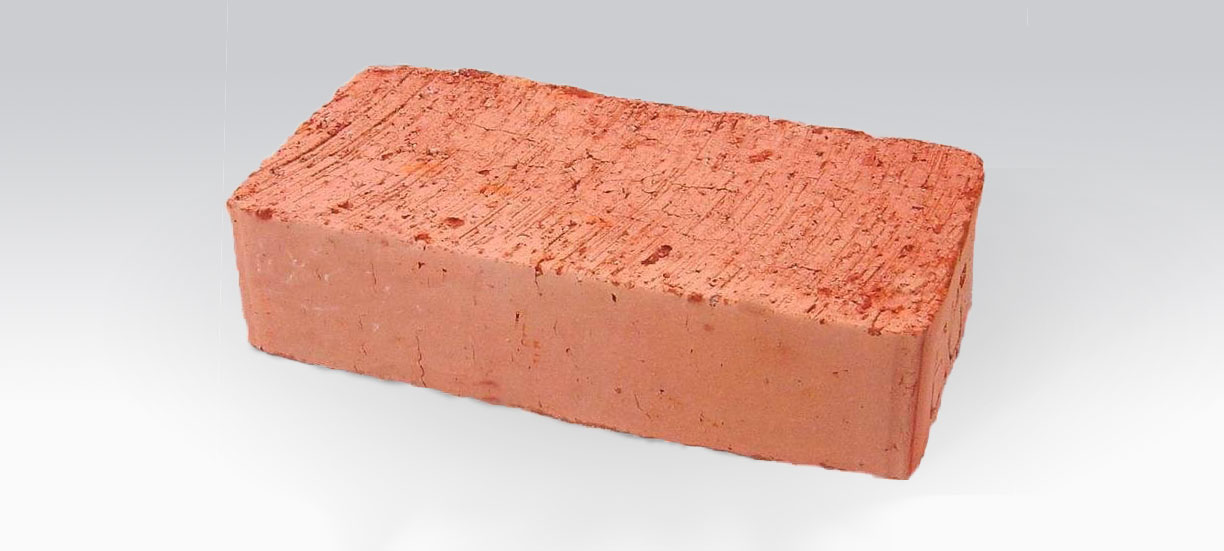
Regular ceramic clinker brick
ТIt is theoretically possible to use clinker bricks as ordinary bricks. But usually clinker bricks are brought from afar, it requires a special high-temperature clay and increased energy consumption for firing is therefore expensive, without bearing significant benefits for the construction of walls. Therefore produced and used, mainly as a face brick.
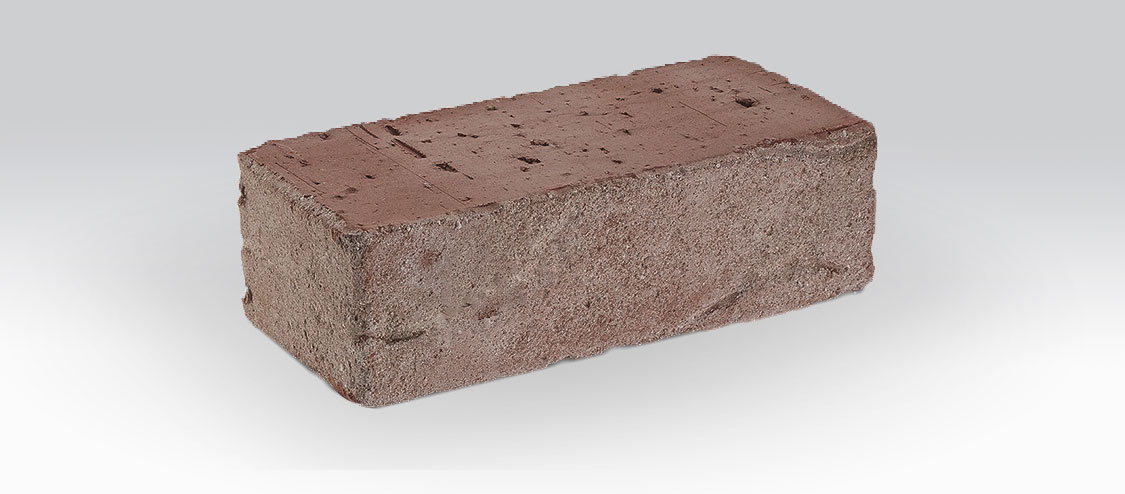
Regular Silicate Brick
Made from a mixture of sand and lime (90% quartz sand and 10% airborne lime), instead of firing it is steamed in an autoclave. It is usually recognized by its white color, but on request it can be made with the addition of a color pigment for use as a face brick.
The main advantage is the low price. It has a slightly lower thermal conductivity than ceramic bricks, but still this brick is not enough "warm" for a modern cottage. Disadvantages - high hygroscopicity (absorbs water), low frost resistance (F50) and greater weight.
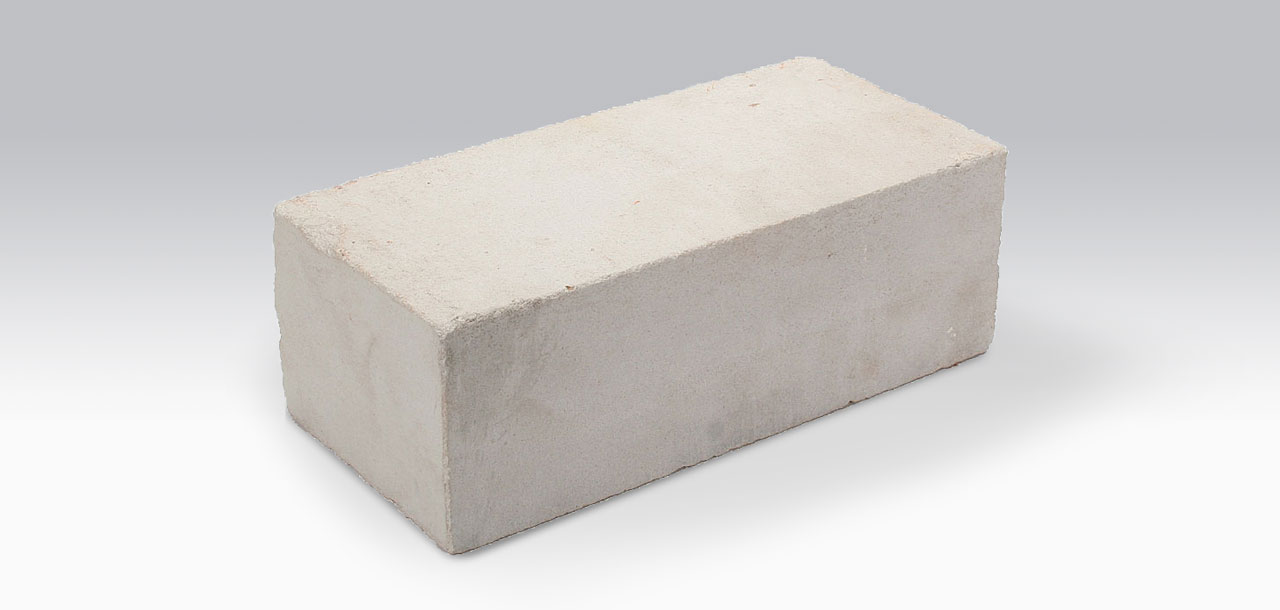
Silicate bricks are not as versatile as ceramic bricks, they can not be used in the foundations and basements. fireplaces, ovens and other critical structures.
Ordinary concrete brick
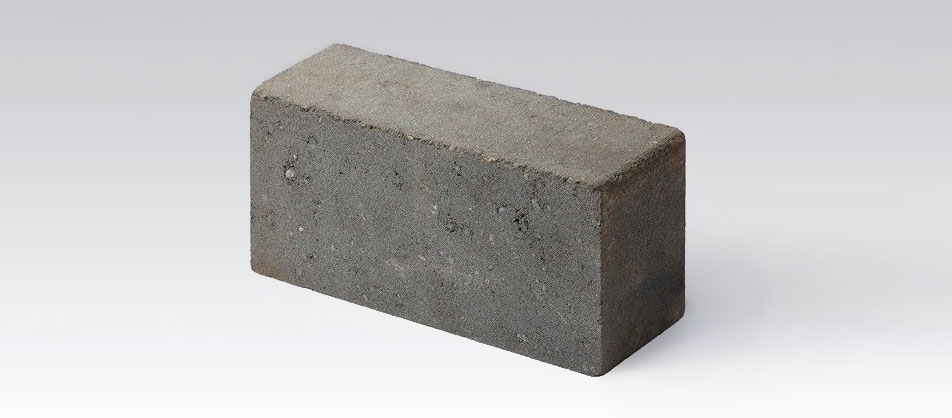
Vibropressed and hyper-pressed - the difference in pressure during manufacture). For construction of the walls of houses is rarely used. Produced from cement. Very heavy, cold and expensive. Brick made of strong grades of concrete can be used in places of heavy loads. Such bricks often contain salts, which when wet can seep onto the facade as white efflorescence.
Refractory bricks
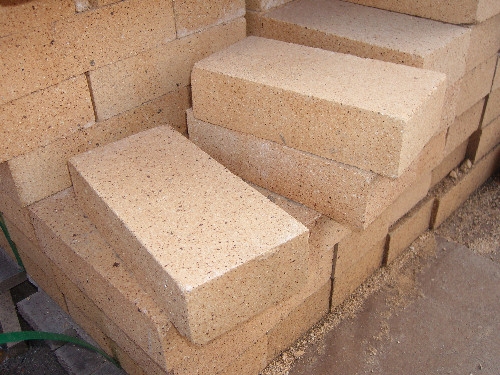
Fireproof, bricks are designed to finish ovens and fireplaces. There are brands of ceramic bricks for masonry stoves. A more specific type, for the hottest area of the furnace is fireclay brick. It is easily recognized by the characteristic sand color. It is resistant to strong heat and can withstand temperatures up to 1650 ° C.
Size and weight of comon bricks
The most common sizes that can be called standard:
- Single brick (single row) - 250 x 120 x 65 mm, weight 2-2.3 kg
- One-and-a-half bricks (thickened) - 250 x 120 x 88 mm, weight 3-3,2 kg
- Double brick (2NF) - 250 x 120 x 138 mm, weight 4.8-5 kg
Ceramic stones of large dimensions are already called building blocks. There are also wedge-shaped bricks for masonry radius elements.
Typification of face bricks for finishing wallsis much more, but we consider only common bricks.
Brick strength
The most important characteristic of a brick is its strength, i.e. its ability to resist deformations and internal stresses without breaking. In terms of strength, bricks are divided into grades, denoted by the letter "M" with a numerical designation: brick M-50, brick M-75, brick M-100, etc.The number indicates the permissible load in kilograms per square centimeter. The higher the numerical value of the grade, the stronger the brick.
Brick structure
A solid brick is a brick without voids (through holes) or with a hollowness of not more than 13%.

Hollow bricks (slotted or perforated) - having through holes (voids) of different shapes and sizes, which makes them weigh less and have greater insulating capacity.
Hollow bricks are cheaper to produce. Using a hollow ordinary bricks allows you to reduce the load on the foundation. The difference in thermal conductivity is not very significant when comparing the thermal conductivity of prefabricated masonry. Attachment of some types of facade trim to slotted bricks can be unreliable. Solid bricks are better able to withstand loads (vertical and tear-off fasteners).
Frost resistance of bricks
The resistance of bricks to changes in temperature and humidity is determined by a quality such as frost resistance - the ability of the material to withstand changes of thawing and freezing in a water-saturated state. Frost resistance is denoted by the letter "F" with a numerical value and is measured in cycles: brick F-15, brick F-35, brick F-50, etc.
It is important to understand that the moisture saturation of bricks in cold climates is not from the outside, but from the inside. In our practice, we see how, in combination with improper finishing, bricks are actively destroyed by freezing moisture in it - a serious risk of exploitation.
Freeze-thaw resistance grade of bricks for construction is chosen according to the regulatory documents, depending on the climatic characteristics of the region; the lower the index of freeze-thaw resistance, the cheaper the brick. This indicator should always be checked before buying the material.
Thermal conductivity of bricks
Thermal conductivity is the ability of bricks to conduct heat energy through their own volume. Depends on the actual thermal conductivity directly on the density of the material and inverse dependence on the voids. For example, heavy and strong M500 clinker bricks have the highest thermal conductivity, while less strong M75 ceramics have the lowest.